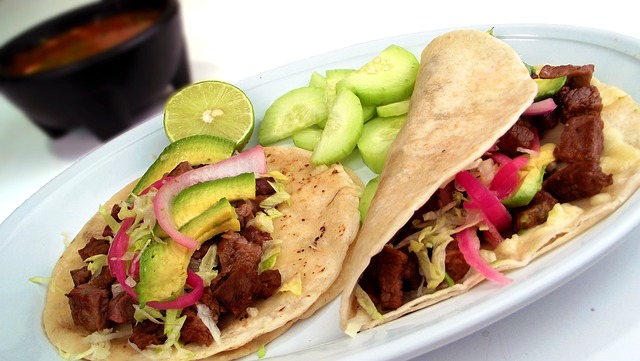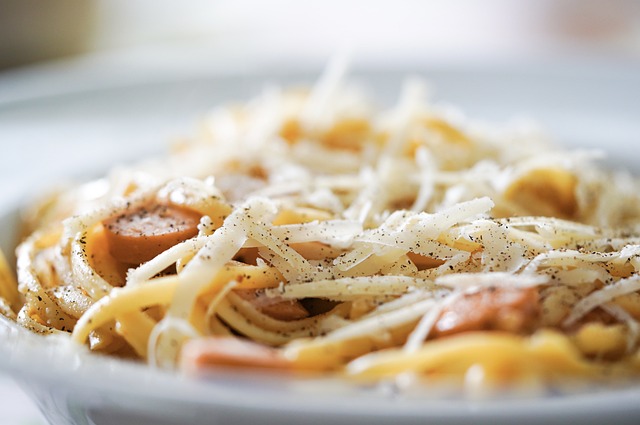The world of culinary arts is vast and diverse, offering a myriad of national cuisines, each with their unique flavors and cooking methods. While it may seem daunting to delve into, some cuisines are surprisingly accessible for beginners, offering both straightforward cooking techniques and ingredients that are readily available. Moreover, these cuisines can offer health benefits and enrich your culinary experience. This post navigates the culinary landscape, focusing on four such cuisines, from the vibrant Mexican dishes to the hearty Greek meals. Of course there are other options out there, but these are four very good places to start.
Mexican spice

First on our tour is Mexican cuisine, with its plethora of flavors and spices that add a zing to your palette. A hearty Chili con Carne is an excellent start. This dish, as simple or complex as you prefer, can have as few as a handful of ingredients or a bouquet of them, resulting in a delicious meal packed with antioxidants. For a vegetarian twist, consider “sin carne,” in which the meat can be replaced with mushrooms, lentils, squash or anything you fancy – the more the better, frankly. A vibrant chicken pollo asado is another simple, delectable dish that promises to impress everyone who tries it, adding to the allure of Mexican cooking.
Korean specialties
Next, let’s make our way to the Korean peninsula. Korean cuisine has garnered global attention, thanks to its unique flavors and the rising popularity of phenomena such as K-dramas and K-pop. From spicy Tteokbokki to the succulent Galbi ribs, Korean cuisine offers a burst of flavors. For beginners, Kimchi Jeon, a simple yet flavorful dish, serves as the perfect side to any meal, and the fermented cabbage that forms the key ingredient in kimchi is also something of a superfood with proven health benefits. With a few readily available ingredients, you can savor a taste of Korea at home.
Bella Italia

Our next stop is Italy, synonymous with sumptuous pasta and pizzas. Italian cuisine is a treasure trove of diverse dishes, some of which can be complex for beginners. But fret not! Start with a simple Pasta Alfredo or a Spaghetti Bolognese, both relatively easy to master. If you’re feeling a bit adventurous, a Pasta Carbonara is a delightful choice. Just remember to use the traditional Italian method – mix pasta water with beaten egg and cheese for that perfect creamy sauce. Sorry, cream, you’re not invited to this Italian party! One pro tip is to substitute linguine for spaghetti if you’re a fan of sauces – the more ridged texture of the pasta holds the sauce better and makes for a broader taste profile.
Greek non-tragedy
Last but certainly not least, we venture into Greek cuisine. Known for its wholesome flavors and health benefits, Greek cuisine incorporates plenty of vegetables and is a go-to for health-conscious food enthusiasts. Take Moussaka, for instance, a delectable medley of meat, potatoes, cheese, and Mediterranean vegetables known for their anti-inflammatory benefits. The Mediterranean diet, synonymous with Greece, has been linked to longevity and healthier lives due to its diverse nutrient profile. Other simple Greek dishes to try include pan-fried Halloumi and Souvlaki.
In conclusion, embarking on a culinary journey around the world need not be intimidating. Mexican, Korean, Italian, and Greek cuisines offer beginner-friendly dishes that are easy to prepare and delightful to taste. Each of these cuisines offers health benefits that align with a balanced diet. But there are other options if these don’t get your tastebuds going. Some of them won’t be as familiar as the above, but they come from national cuisines that are growing in popularity in restaurants and domestic kitchens near you.
Vietnamese cuisine, with its staple pho and banh mi, offers a delicate balance of sweet, sour, and umami flavors, often featuring fresh herbs, seafood, and rice in dishes that emphasize lightness and harmony. Ghanaian cuisine is characterized by its hearty stews and soups, like groundnut soup and kontomire stew, packed with local ingredients such as cassava, plantains, and yams, and often accompanied by a side of fufu or banku, reflecting the country’s rich agricultural traditions. Brazilian cuisine is a vibrant tapestry of influences featuring dishes like feijoada, a black bean stew with pork, and acarajé, a deep-fried ball of black-eyed pea dough filled with shrimp, symbolizing Brazil’s cultural melting pot.
So go ahead, don your chef’s hat and step into the kitchen to experience the world’s tastes and aromas. Remember, the joy of cooking is not just in the end product but also in the journey of discovering new cuisines, flavors, and techniques. Bon Appétit!
